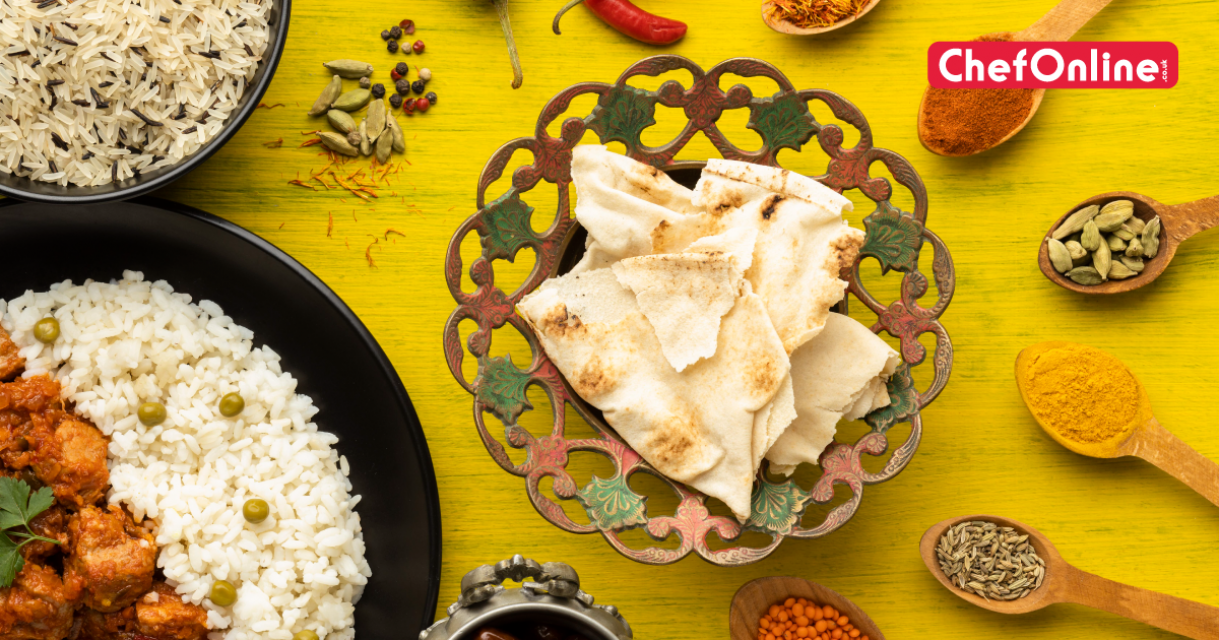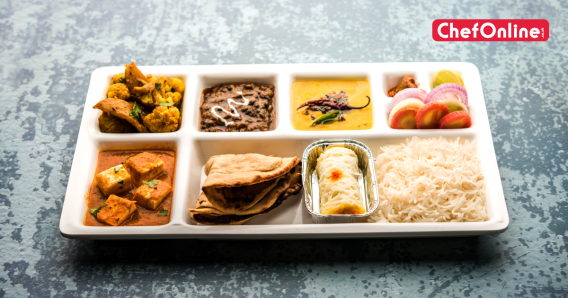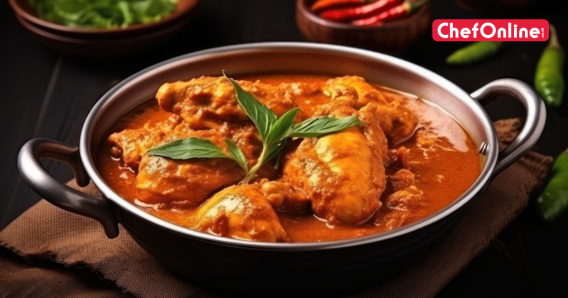If you suffer from acidity, it can be extremely difficult to dine out. The rich, spicy flavours typical of Indian cuisine might seem off-limits, but with careful selection, you can enjoy a satisfying meal without triggering your symptoms. Here are some essential tips to help you make the right choices when visiting an Indian restaurant near me.
Understanding Acidity
Acidity occurs when stomach acid flows back into the oesophagus, causing heartburn and other uncomfortable symptoms. It can be triggered by spicy foods, fatty meals, and certain beverages. If you choose the right dishes and ingredients, you can minimise the risk of an acidity flare-up and still be able to enjoy your favourite cuisine.
Tips for Eating Out in an Indian Restaurant
Opt for Mild, Non-Spicy Dishes: Many Indian dishes can be quite spicy, which can exacerbate acidity symptoms. When browsing the menu, look for dishes that are described as mild. Keywords to look out for include "korma," "tikka," and "paneer," which are often prepared with less spice.
Choose Tomato-Free Options: Tomatoes are a common trigger for acidity due to their high acidity. Use caution when ordering dishes like "chicken tikka masala" or "vindaloo" which have tomato-based sauces. Instead, go for alternatives like "butter chicken", made with a cream-based sauce, or "dal makhani," a creamy lentil dish.
Ask for Customisation: Don’t hesitate to ask your server for modifications. You can request that your dish be prepared with less oil and without chillies. Many Indian restaurants near you are accommodating and can adjust the spice levels to suit your dietary needs.
Avoid Fried and Fatty Foods: Fried foods and those high in fat can relax the lower oesophagal sphincter, and this can worsen acidity. Reduce the "samosas" and "pakoras," and instead choose "tandoori" dishes, which are baked in a clay oven and lower in fat.
Select Healthy Proteins and Vegetables: Lean proteins and vegetables are less likely to trigger acidity. Hence, look for dishes like "tandoori chicken," "grilled fish," or "baingan bharta" (a roasted eggplant dish). These options are typically lower in fat and spice.
Watch Portion Sizes: Acidity can be caused if you overeat. You can share dishes or opt for smaller portions to easily manage your meal. Many healthy restaurants near you offer smaller portion sizes or can split a meal between two plates.
Smart Choices for Starters
Starting your meal off right is crucial. Here are some starter options to consider:
- Soup: Opt for lentil soup (dal) or clear soups without heavy cream or tomato bases.
- Salads: Choose salads with light dressings. Avoid raw onions, tomatoes, and any spicy dressings.
Main Course Recommendations
- Tandoori Dishes: These are cooked in a clay oven with minimal oil. Tandoori chicken or fish are excellent choices.
- Korma: A mild and creamy dish usually made with yogurt and nuts, it’s a safer option for those with acidity.
- Dal: Lentils are generally safe and nutritious. Dal makhani, which uses a cream-based sauce, can be a good alternative.
Sides and Accompaniments
- Roti: Whole wheat roti is a better option than naan, which is richer and often made with butter.
- Plain Rice: Opt for plain basmati rice over biryani or pilaf, which may contain spices and fried ingredients.
Beverage Choices
- Water: Always the safest option.
- Herbal Tea: Ginger or chamomile tea can aid digestion and is less likely to trigger reflux.
- Lassi: A mild, yoghurt-based drink can help soothe the stomach, but you can avoid the mango lassi due to its acidity.
Desserts
- Rice Pudding (Kheer): This is a safer, less acidic dessert option.
- Gulab Jamun: This sweet dish is fried and soaked in syrup, which might be too rich. If you choose to indulge, enjoy it in moderation.
Dining Tips
- Eat Slowly: Take your time to chew thoroughly and enjoy your meal. Eating slowly can help prevent overeating and reduce the risk of acidity.
- Stay Upright: Remain upright for at least two hours after eating to prevent acid from flowing back into the oesophagus.
- Plan Ahead: If you know you're going to an Indian restaurant, consider having smaller meals throughout the day to keep your stomach from being too full.
Takeaway Options
When ordering takeaway, you should follow the same guidelines you would for dining in. Choose mild, non-spicy dishes, avoid fried items, and ask for any necessary modifications. If you have control over your meal, even when eating at home, you can help manage acidity symptoms effectively.
Final Thoughts
Dining out at an Indian restaurant can be a delightful experience, even for those with acidity. You just need to make informed choices and communicate your needs to the restaurant staff; this way, you can enjoy a delicious and satisfying meal without having to suffer from acidity. Remember to look for healthy restaurants near you that offer customisable options and be mindful of your triggers. With these tips, you can savour the rich flavours of Indian cuisine while keeping your acidity in check.






